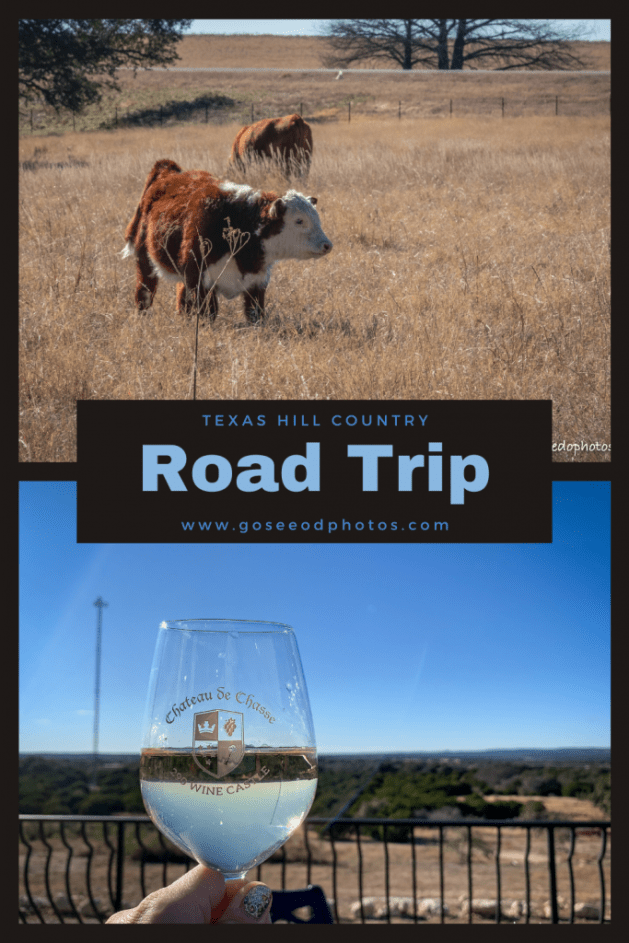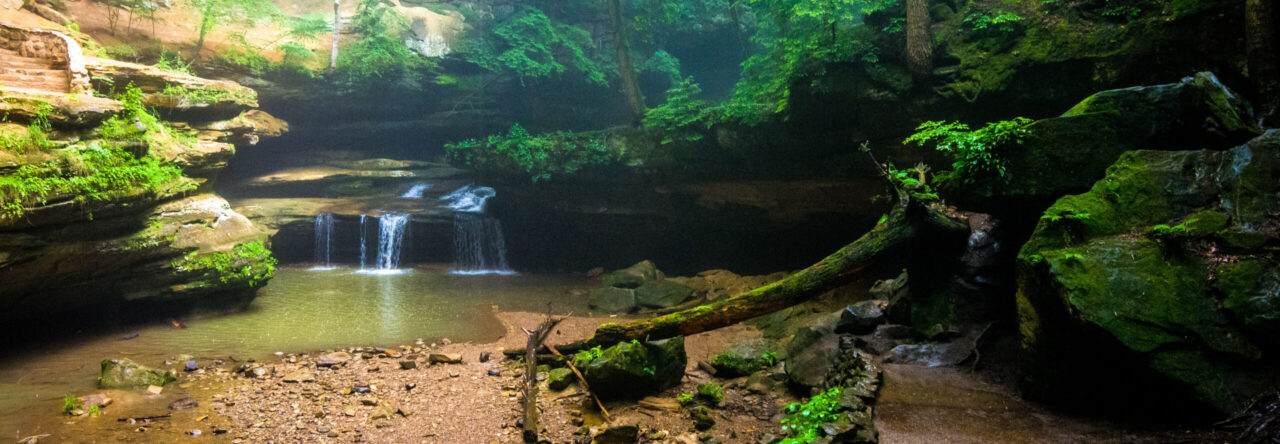
This trip took us to two national historic parks from very different times in American history. We had some of the best German food I have had in my life and I went to Germany in high school. We toured a bunch of wineries and had some of the best wine of my life. We experienced Texas’ first cold snap of the year. Locals were very excited to tell us Northerners about the “snow” they got. I feel like I got a taste of the real Texas on this trip.
If you are planning to explore the Hill Country, the most convenient airports to fly in or out of are Austin and San Antonio. We had flight credits from our canceled 2020 spring break trip on Spirit so we went with Austin. It is less than an hour and a half drive from Austin to San Antonio so no matter which airport you fly into, you would be able to see both cities.

Between the two cities is the historic German town of New Braunfels which is home to Naeglins, the oldest bakery in Texas. Nearby, Greune is a fun place to step back in time and explore in the area. In San Antonio, exploring the Riverwalk and taking a boat tour are a must as well as touring the Alamo (but be sure to get your tickets in advance). If you have time, head a little outside the city to San Antonio Missions National Historic Park.
From San Antonio head north to Fredericksburg. Along the way, stop at Cascade Caverns in Boerne and have lunch at Little Gretel which is where we had the best German food of the trip! A litter farther north in Comfort, I recommend a stop at Newsom vineyards tasting room.

Once you get to Fredericksburg, there is so much to do and The Museum of the Pacific War is one of the highlights of the city. We had great meals at Austlander and Pasta Bella as well as AMAZING pastries at the Old German Bakery. There are many wineries right downtown, but if you have time, I recommend you head out of town and check out William Chris Vineyards, Lewis Wines, and Kuhlman Cellars.
On the way back to Austin, stop in Johnson City and visit the LBJ National Historic Site where you can experience LBJ’s ranch and see and the Texas White House as well as the original 19th century Johnson Settlement. If you need to get out and stretch your legs some more, I recommend a hike at Balcones Canyonlands National Wildlife Refuge.

In Austin, I recommend you take a tour of the city and enjoy Ladybird Lake. It might seem silly, but check out the Austin Public Library. In Austin, I had more restaurants on my TripAdvisor list than things to do and every single one we went to was amazing. If you are in Austin, I recommend Chuy’s for Mexican food, Torchy’s Tacos, Terry Black’s Barbeque, and Ramen Tatsu-ya. If you want to get away from the city for a bit, I love getting coffee at Mozart’s and enjoying it by the water.
Some of the most popular attractions in the Hill Country are state parks. Enchanted Rock, just north of Fredericksburg is one of the most well-known. One thing I did not anticipate before this trip is that Texas State Parks require reservations to get through the gate. I don’t know of any other state that does this and being that we visited during the week between Christmas and New Years, all of the parks near where we were staying were booked up. If you are planning a trip to the Hill Country and want to see some of the natural features, be sure to book them in advance so you’re able to get in. I guess this just means I have a reason to return to the Hill Country!
Thanks for stopping by! To read more about this trip, check out the Texas Hill Country Road Trip Report. To read about some of our previous trips, visit my Trips Page. If you like my photos be sure to “like” my Facebook Page and follow me on Instagram! You can purchase prints on Etsy and Fine Art America. To see inside my camera bag, check out my updated Gear Page.
Pin this:

























